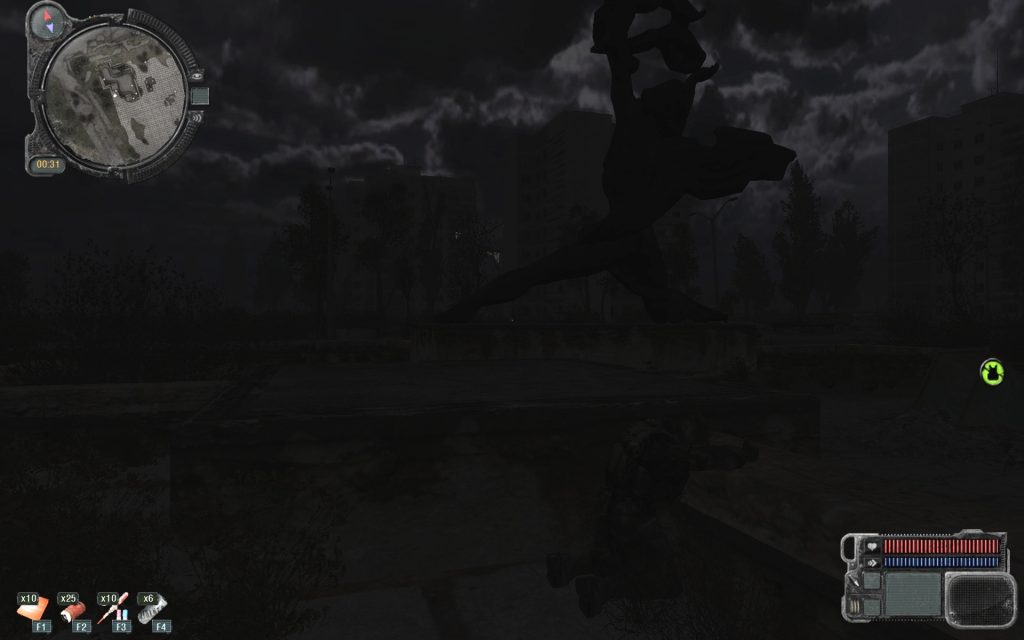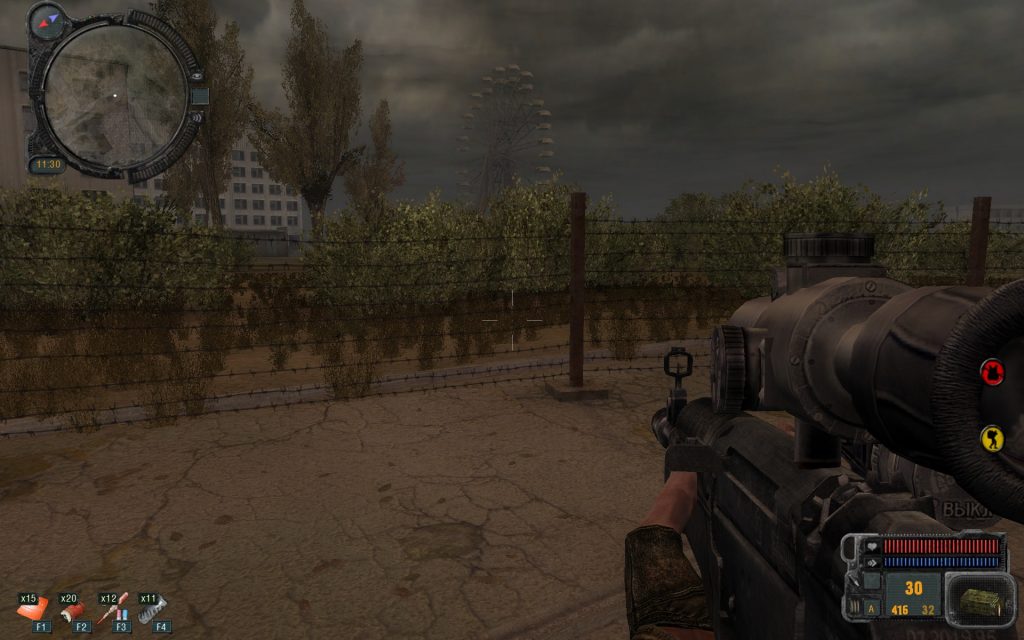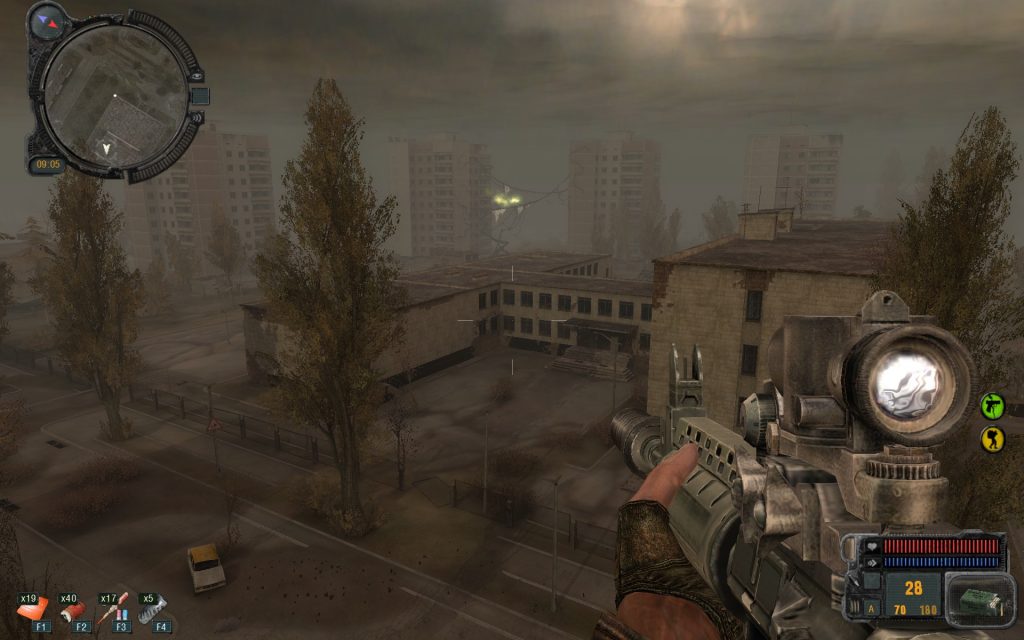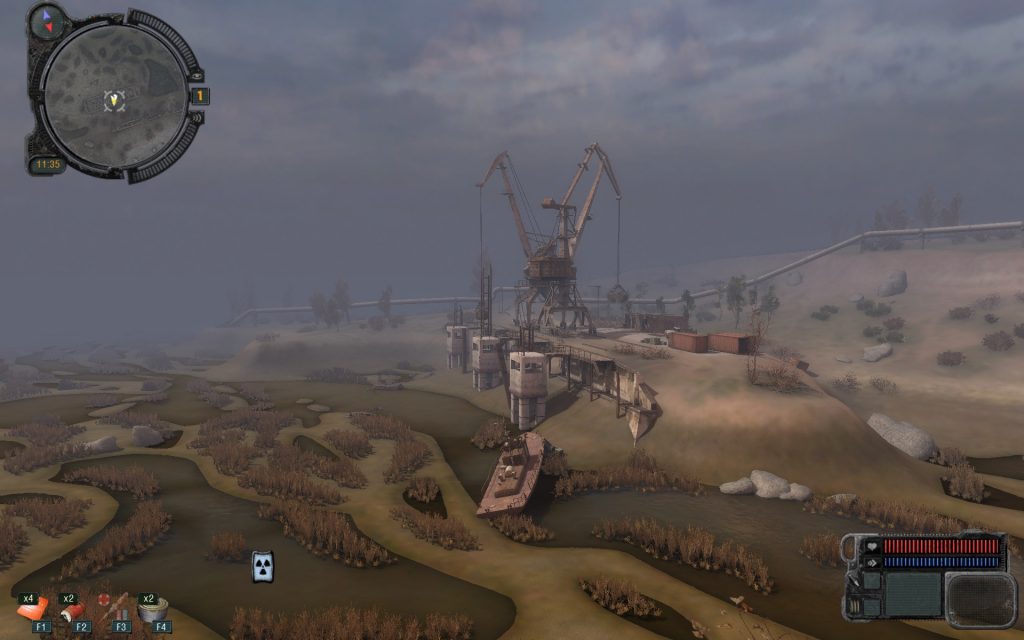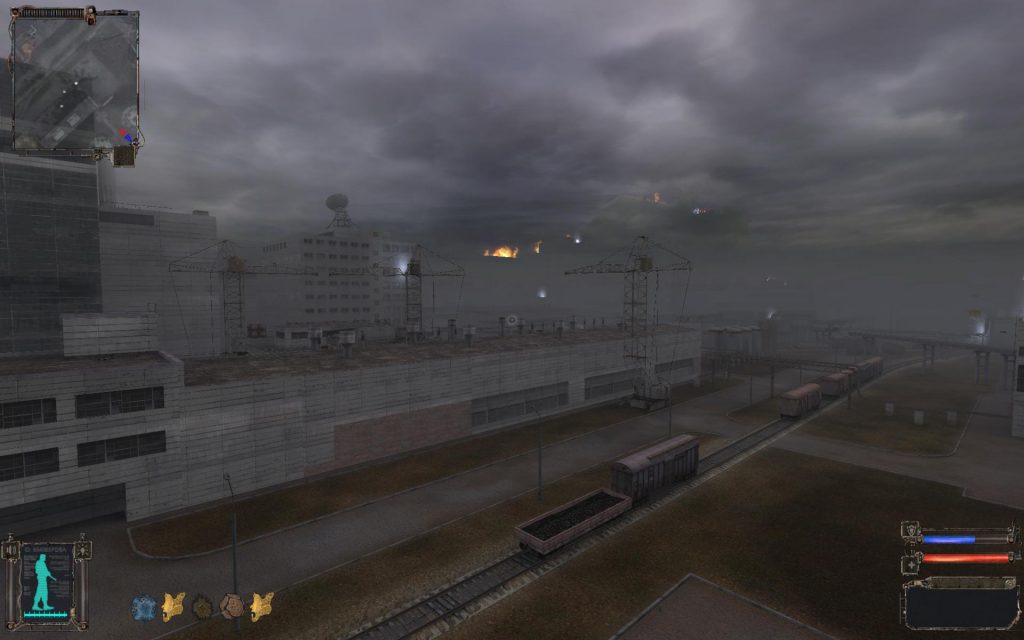 It was 25 years ago today that a Finnish chap by the name of Linus Torvalds made an announcement about a new operating system that he developed in the preceding few months. Nothing big and professional, he assured us, just a hobby project basically… but here it was, and he already got a command shell and the GNU C compiler working.
It was 25 years ago today that a Finnish chap by the name of Linus Torvalds made an announcement about a new operating system that he developed in the preceding few months. Nothing big and professional, he assured us, just a hobby project basically… but here it was, and he already got a command shell and the GNU C compiler working.
I have been using Linux for 23 of those 25 years. I became familiar with Linux when I took over sysop duties of the UNIX forum of the long defunct NVN (National Videotex Network).
I no longer have the original SLS (SoftLanding Linux) floppy images, though I am pretty sure even without checking they can be found in several archives online.
But I do have the announcement that I posted on the NVN UNIX forum page almost exactly 23 years ago, on September 1, 1993:
Welcome to the LINUX distribution on NVN! The UNIX Forum data library now contains the complete set of files making up the Softlanding Software (SLS) distribution of LINUX, the popular *FREE* UNIX operating system clone. The files are the most recent (version 0.99 patchlevel 12) as of today, August 28, 1993. The files were used by the UNIX SysOp to install a complete LINUX on an 80386SX20 PC, with 4 Mb of RAM, a 68 Mb and a 42 Mb MFM hard disk drive, an ATI VGAWonder super-VGA card with 512 kb video RAM, a Microsoft mouse, a 5.25" high density floppy drive, and a 3.5" high density drive, and an ATI2400etc/i internal modem. Brief assessment: it works like a charm. So well, in fact, that I decided to keep it and permanently convert my old 386SX to a LINUX host. I am already using it as a dial-in system for my friends and business associates. The files in this distribution are: readme.sls this file sls_info.zip miscellaneous text information files rawrite.zip needed to create the A1 bootable LINUX disk sls_a1_3.zip bootable floppy image for 3.5" 1.44 Mb drives sls_a1_5.zip bootable floppy image for 5.25" 1.2 Mb drives sls_a2.zip Minimum base system sls_a3.zip sls_a4.zip sls_b1.zip Base system extras sls_b2.zip sls_b3.zip sls_b4.zip sls_b5.zip sls_b6.zip sls_b7.zip sls_c1.zip Compilers sls_c2.zip sls_c3.zip sls_d1.zip Documentation sls_d2.zip sls_s1.zip Essential component source sls_t1.zip TeX sls_t2.zip sls_t3.zip sls_x1.zip X-Windows sls_x2.zip sls_x3.zip sls_x4.zip sls_x5.zip sls_x6.zip sls_x7.zip sls_x8.zip sls_x9.zip sls_x10.zip All the files named sls_Sn.zip must be uncompressed under DOS and copied onto separate floppies. The bootable LINUX floppy (disk A1) can be created from sls_a1_3.zip or sls_a1_5.zip using the RAWRITE program, supplied in RAWRITE.EXE. It is suggested that you download sls_info.zip first, for additional information. The files in this archive are text files readable under DOS (lines end with CR/LF instead of LF only as they do under UNIX). Please note that while the NVN UNIX does not (indeed, cannot) provide support for LINUX, I will be glad to answer any of your questions. Also, if you are interested in a specific program, application, or information file that is not included in the present distribution, please let me know and I will see if I can obtain and upload it. If you would like to run OSF/Motif on your LINUX system, you may not have to wait too long; I am planning to try and obtain Motif in the near future. Good luck with your installation and I hope that the next time you call, it will be with your LINUX system! UNIX SysOp
Before making this announcement, I already set Linux up on an old 386SX desktop computer that I was no longer using. Within a few months, this computer began to play a permanent role as my Internet server. Although it went through several hardware and software iterations, its basic identity remains the same: it’s the very same server on which these words appear.


